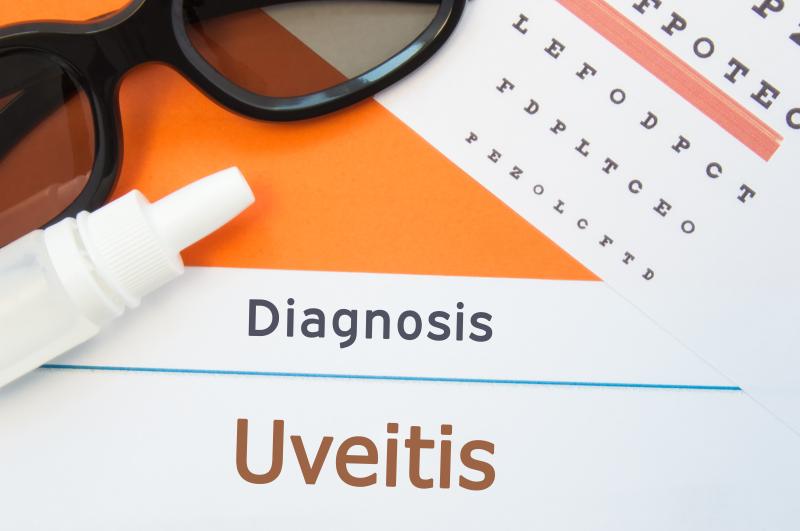
Children with early-onset atopic dermatitis (AD) face an increased risk of uveitis, as reported in a study.
Researchers used data from the TriNetX database. They identified 114,889 paediatric patients with early-onset AD cohort (mean age 0.5 years, 56.4 percent male, 43.1 percent White) and 114,889 paediatric controls without AD (mean age 0.6 years, 56.9 percent male, 44.5 percent White). Propensity score matching was applied to balance the characteristics. The mean follow-up was 6.0 years in the AD group and 6.6 years in the control group.
In Cox proportional hazards models, the risk of developing paediatric uveitis was nearly twofold higher in the AD group than in the control group (0.08 percent vs 0.05 percent; hazard ratio [HR], 1.92, 95 percent confidence interval [CI], 1.38–2.66; p<0.001). Additionally, the AD group had a twofold greater risk of iridocyclitis compared with the control group (0.08 percent vs 0.04 percent; HR, 2.09, 95 percent CI, 1.47–2.98).
In the AD cohort, the risk of paediatric uveitis rose threefold among those with severe disease than among those with nonsevere disease (0.40 percent vs 0.08 percent; HR, 3.64, 95 percent CI, 2.00–6.66; p<0.001). The same was true for iridocyclitis and chorioretinal inflammation.
In a sensitivity analysis that excluded dupilumab users, the risk of paediatric uveitis remained elevated among patients with early-onset AD vs controls, indicating that the risk was independent of dupilumab use.
The present data underscore the need to consider ophthalmologic monitoring in children with early-onset AD to try to detect and subsequently manage uveitis if it develops.